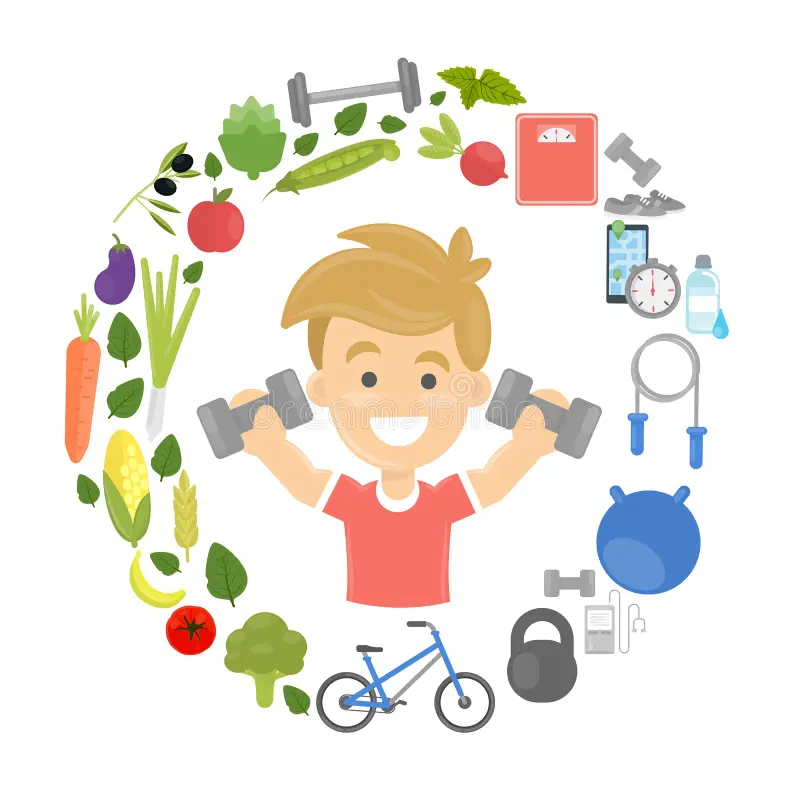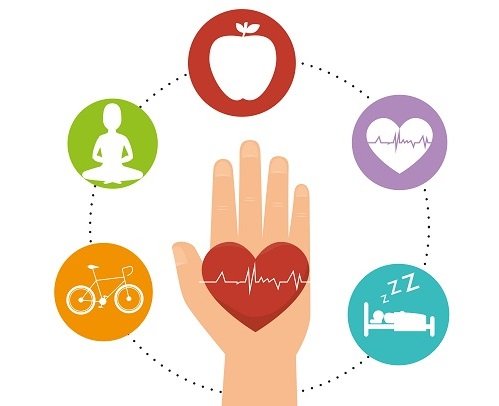15 Ways to Incorporate More Whole Foods into Your Diet

Updated at: 2023-07-04 19:50:59 (2 years ago by Melkisedeck Leon Shine)
15 Ways to Incorporate More Whole Foods into Your Diet
In today's fast-paced world, it can be challenging to maintain a healthy diet. However, incorporating more whole foods into your meals is a fantastic way to improve your nutrition, energy levels, and overall well-being. Whole foods are nutrient-dense, unprocessed, and free from artificial additives. Here are 15 creative ways to make whole foods a delicious and essential part of your daily diet:
-
Start your day with a nutrient-packed breakfast bowl 🍓🥣. Combine whole grains like quinoa or oats with fresh fruits, nuts, and seeds for a satisfying and nourishing start to your morning.
-
Swap out processed snacks for whole food alternatives. Instead of reaching for a bag of chips, grab a handful of raw almonds or a piece of fresh fruit 🍏.
-
Experiment with new grains like bulgur, farro, or brown rice. These versatile ingredients can be incorporated into salads, stir-fries, or served as a side dish.
-
Add more leafy greens to your meals. Spinach, kale, and Swiss chard are packed with nutrients and can be sautéed, added to smoothies, or used as a base for salads 🥬.
-
Opt for whole grain bread instead of refined white bread. Whole grain bread is higher in fiber and nutrients, making it a healthier choice for sandwiches or toast 🥪.
-
Incorporate more legumes into your diet. Lentils, chickpeas, and black beans are excellent sources of plant-based protein. Use them in soups, stews, or as a base for vegetarian burgers 🍛.
-
Try making your own salad dressings. Store-bought dressings often contain added sugars and unhealthy fats. Create a delicious and nutritious dressing by combining olive oil, lemon juice, and fresh herbs 🥗.
-
Snack on raw vegetables with a tasty dip. Enjoy crunchy carrot sticks, bell pepper slices, or cucumber rounds with hummus, guacamole, or Greek yogurt dip 🥕.
-
Swap sugary drinks for refreshing infused water. Cut up fresh fruits, such as strawberries, oranges, or cucumbers, and add them to a pitcher of water for a flavorful and hydrating beverage 🍹.
-
Get creative with your smoothies. Add a handful of spinach or kale to your fruit smoothie for an extra boost of vitamins and minerals. You won't even taste the greens! 🌱🍌
-
Make your own homemade granola bars. Skip the store-bought options loaded with added sugars and preservatives. Combine oats, nuts, seeds, and dried fruits for a wholesome and satisfying snack on the go 🌰.
-
Choose whole grain pasta over refined varieties. Whole wheat or brown rice pasta provide more fiber and nutrients, keeping you full for longer periods and supporting your digestive system 🍝.
-
Experiment with alternative flours. Replace refined white flour with almond flour, coconut flour, or quinoa flour in your baking recipes. These options are gluten-free and nutrient-rich, giving your treats a healthier twist 🥐.
-
Prepare meals in advance to ensure you have wholesome options readily available. Cook large batches of whole grain staples like quinoa or brown rice, roasted vegetables, and lean proteins to assemble quick and nutritious meals throughout the week 🍱.
-
Finally, make it a habit to read food labels carefully. Choose packaged foods with minimal ingredients and avoid those containing artificial additives, preservatives, or excessive amounts of sodium or sugar ❌.
Incorporating more whole foods into your diet is a journey that requires commitment and creativity. By following these 15 tips, you'll be well on your way to nourishing your body with nutrient-dense foods and enjoying the countless benefits that a whole food-based diet can offer. Start today and experience the positive changes in your health and well-being!





